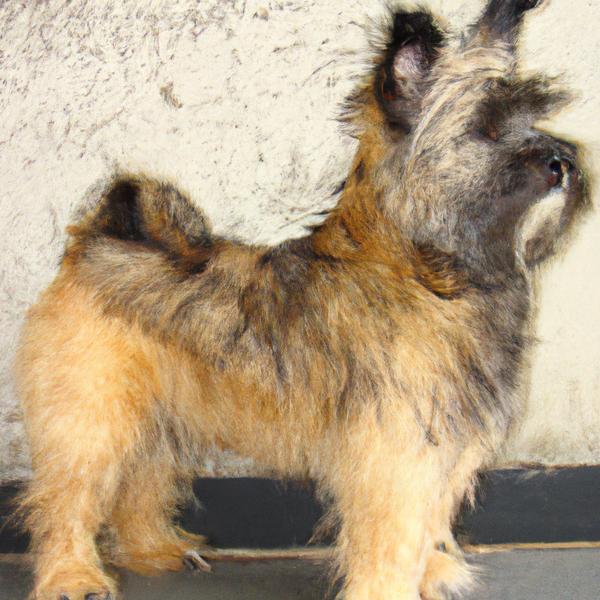Schnorgi vs. Italian-Bichon: Breed Differences and Similarities
Hypoallergenic
Are Schnorgis or Italian-Bichons hypoallergenic, or neither?
Unfortunately, the Schnorgi is not hypoallergenic, making it not a good choice for a dog lover who suffers from pet allergies.
While no dogs are truly 100% hypoallergenic, Italian-Bichons are about as close as it gets, making them an ideal pet if you are an allergy sufferer.
Temperament
What are the personalities of Schnorgi and Italian-Bichon dogs?
Playful
Intelligent
Friendly
Affectionate
Devoted
Lively
Going
Trainable
Good-natured
Cheerful
Playful
Agile
Sensitive
Intelligent
Affectionate
Gentle
Companionable
Cheerful
Athletic
Mischievous
Shedding Level
Do Schnorgis shed more than Italian-Bichons, or which breed sheds more, Schnorgis or Italian-Bichons?
Schnorgis are moderate shedders, but regular brushing can reduce shedding and maintain coat health.
Italian-Bichons are low shedding dogs, requiring minimal coat care.
Ancestry
What are the origins of Schnorgi and Italian-Bichon breeds?
Schnauzer, Corgi
Bichon Frise and Italian Greyhound
Date of Birth
When were Schnorgi and Italian-Bichon breeds first developed?
Unknown
2000's
Eye Color Possibilites
What are the eye colors of Schnorgi and Italian-Bichon dogs?
Blue
Brown
Amber
Brown
Nose Color Possibilites
What are the natural nose colors of Schnorgi and Italian-Bichon?
Black
Black
Coat Color Possibilites
What are the natural colors of the coat for Schnorgi and Italian-Bichon breeds?
Gray
Fawn
White
Black
Cream
Fawn
Sable
White
Coat Length
What is the typical coat length for Schnorgi and Italian-Bichon breeds?
Schnorgis have coats that can be either short or medium in length.
Italian-Bichons have short coats.
Coat Density
What is the density of the coat of Schnorgi and Italian-Bichon?
Coat Texture
What is the hair texture of Schnorgi and Italian-Bichon?
Wiry
Straight
Litter Size
What is the usual litter size for Schnorgi and Italian-Bichon?
A Schnorgi can have a litter of 4-8 puppies on average. However, it's worth noting that the size of the litters can vary greatly. Factors that can influence litter size include the health of the mother, breeding history, and genetics.
An Italian-Bichon can have a litter of 2-5 puppies on average. However, it's worth noting that the size of the litters can vary greatly. Factors that can influence litter size include the health of the mother, breeding history, and genetics.
Adaptability
Schnorgis are known for their adaptability and can adjust well to different environments and lifestyle changes.
Italian-Bichons are highly adaptable and versatile, making them excellent companions for families and individuals of all lifestyles.
Health Issues
Between Schnorgi and Italian-Bichon, which breed is more prone to health problems?
Schnorgis are susceptible to health issues like all breeds, so it's important to monitor their health and seek veterinary care when needed.
While the Italian-Bichon breed is generally healthy, occasional vet check-ups are still necessary to address any health concerns.
Major Concerns
What are the major health concerns for Schnorgi and Italian-Bichon breeds?
Glaucoma
Hip Dysplasia
Urolithiasis
Patent Ductus Arteriosus
Minor Concerns
What minor health issues should be kept in mind when owning Schnorgi and Italian-Bichon?
Progressive Retinal Atrophy
Cataracts
Shaker Dog Syndrome
Occasional Tests
What occasional tests are recommended for Schnorgi and Italian-Bichon breeds?
X-Rays
Physical Examination
Ultrasound
Radiographs
Ophthalmologic Examination
Electroretinogram
Urinalysis
Blood Count
Ophthalmologic Examination
Blood Chemistry
Social Needs
Schnorgi vs Italian-Bichon social needs comparison
Schnorgi and Italian-Bichon have above average social needs compared to other breeds. They thrive in environments where they have a lot of interaction with humans and other dogs.
Sleeping Need
Which of the two sleeps the most/least: Schnorgi or Italian-Bichon?
Schnorgis sleep less than other breeds but still need adequate sleep for good health.
Italian-Bichons have moderate energy levels and typical sleep patterns of 12-14 hours per day.
Mouthiness
Mouthiness Comparison: Schnorgi vs Italian-Bichon?
Roaming urge
Schnorgi vs Labrador: Running away tendency?
Prey Drive
Schnorgi or Italian-Bichon - which breed has a higher level of prey drive?
Activity Level
Which breed has higher energy, Schnorgis or Italian-Bichons?
Schnorgis are high-energy dogs. They need mental as well as physical exercise. These dogs require a lot of your involvement and without it they can, and will, become problematic dogs.
Italian-Bichons are medium-energy dogs and typically enjoy socializing and playing casual or even sustained games of chase with other dogs. They may also have occasional periods of barking or racing around the house.
Tolerance of being left alone
Walks per Week
How many miles should Schnorgi or Italian-Bichon walk each week?
There's really no limit to how far you walk your dog as long as they're comfortable. For Schnorgi, it's at least 8 miles / week. Just remember to build distance and stamina gradually over time.
There's really no limit to how far you walk your dog as long as they're comfortable. For Italian-Bichon, it's at least 9 miles / week. Just remember to build distance and stamina gradually over time.
Activity per Day
Do Schnorgis or Italian-Bichons require more exercise?
In general most Schnorgis usually need at least 60 minutes of exercise daily. This can be spread across the day and include all sorts of high-energy activities, like walking, running and playing.
In general most Italian-Bichons usually need at least 45 minutes of exercise daily. This can be spread across the day and include all sorts of high-energy activities, like walking, running and playing.
Grooming
Which breed is easier to maintain in terms of grooming, Schnorgis or Italian-Bichons?
Schnorgis require significant grooming, including regular trims and professional grooming assistance to maintain their coat. They may also require frequent bathing to keep their coat and skin healthy.
The Italian-Bichon requires an average amount of grooming compared to other breeds.
Brushing Frequency
What is the recommended brushing frequency for Schnorgi and Italian-Bichon dogs?
Ideally, Schnorgi should be brushed at least 2 or 3 times a week (preferably daily) improve shedding.
Italian-Bichon should be brushed at least once a week. Of course you can give them more frequent brushes if you find that they are still shedding a lot
Brushing Tools
What brushing tools are used for Schnorgis and Italian-Bichons?
Pin Brush
Comb
Scissors
Nail Clipper
Slicker Brush
Scissors
Nail Clipper
Cups
How much food should be given to Schnorgi or Italian-Bichon in cups?
Schnorgi and Italian-Bichon share the same recommended daily food intake of 1 cups, although the appropriate quantity may vary depending on the quality and nutritional content of their food.
Daily Cost
Which breed has a higher daily cost, Schnorgi or Italian-Bichon?
Schnorgi and Italian-Bichon have a similar average daily cost of around $1.30 - $1.40.
Monthly Cost
Which breed has a higher monthly cost, Schnorgi or Italian-Bichon?
When it comes to monthly expenses, both Schnorgi and Italian-Bichon have a similar average cost, ranging from $35 - $42. This results in an average yearly cost of around $420 - $504.
Sensitivity Level
How do Schnorgi and Italian-Bichon compare in sensitivity?
This breed is sensitive and requires gentle handling and a calm home environment.
This breed is sensitive to its environment and best suited for patient and understanding families with a consistent routine.
Apartment Friendly
Which breed is more apartment-friendly: Schnorgi or Italian-Bichon?
Schnorgi and Italian-Bichon are apartment-friendly dog breeds. They can do perfectly well in apartments providing they are sufficiently exercised and taken out and about as part of their owner's daily lifestyle.
Child Friendly
Do Schnorgis or Italian-Bichons have a friendlier temperament towards children?
Schnorgis make excellent family pets for kids due to their gentle, protective nature and calm temperament.
Italian-Bichons have an average level of friendliness towards children.
Senior-friendly
Which dog is more suitable as a pet for the elderly - Schnorgi or Italian-Bichon?
Cat Friendly
Do Schnorgi or Italian-Bichon breeds have a better compatibility with cats?
Schnorgis are very friendly with cats and make great companions for them.
Italian-Bichons are good with cats, but early training is needed to prevent chasing behavior.
Dog Friendly
Which breed is more sociable with other dogs: Schnorgi or Italian-Bichon?
Schnorgis and Italian-Bichons are friendly, active and loyal companions. They generally love to be around other dogs, making them a good family pet for some.
Pet friendly
How do Schnorgi or Italian-Bichon dogs interact with other pets?
Stranger Friendly
Which breed is more friendly with strangers: Schnorgi or Italian-Bichon?
Schnorgis are averagely friendly around strangers but benefit from early socialisation.
Italian-Bichons are friendly but may bark at strangers, and training is easy due to their intelligence.
Playfulness
Which breed is more playful between Schnorgi and Italian-Bichon?
Schnorgis are very playful, so adopting an older one might be a better option for a more relaxed experience.
Italian-Bichons are a playful breed that needs daily playtime to be happy.
Trainability
How do the trainability levels of Schnorgis and Italian-Bichons compare?
Schnorgis are popular for their ease of training and quick learning ability.
Italian-Bichons are usually easy to train but require consistency to fully obey commands.
Compare Schnorgi with other breeds
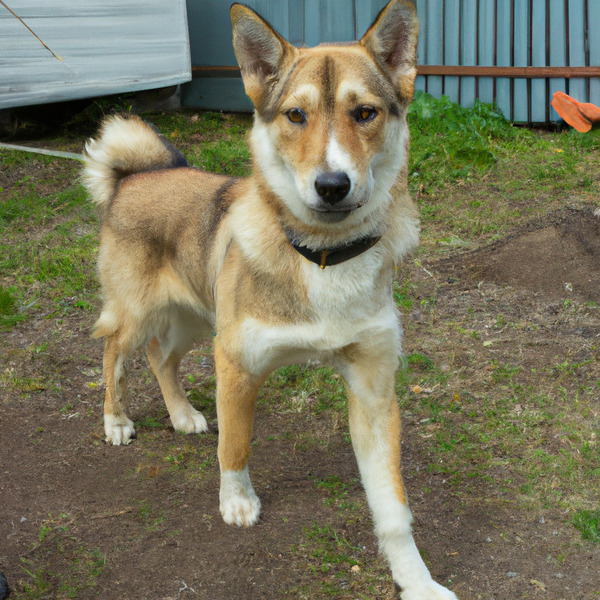
East Siberian Laika
Schnorgi vs East Siberian Laika
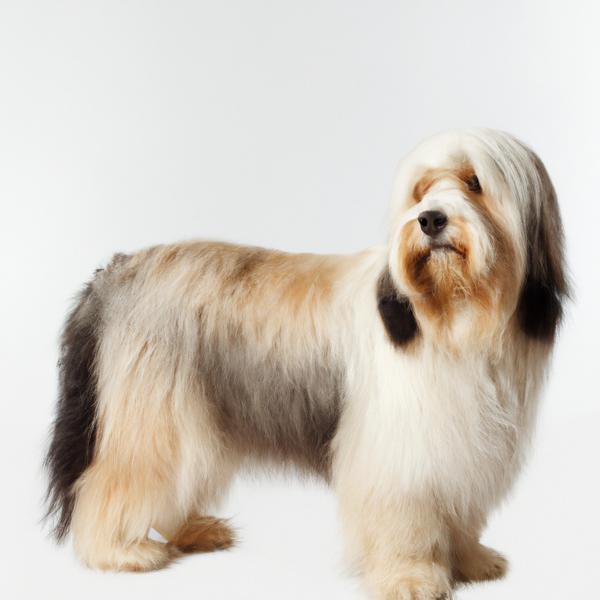
Hava-Welsh
Schnorgi vs Hava-Welsh
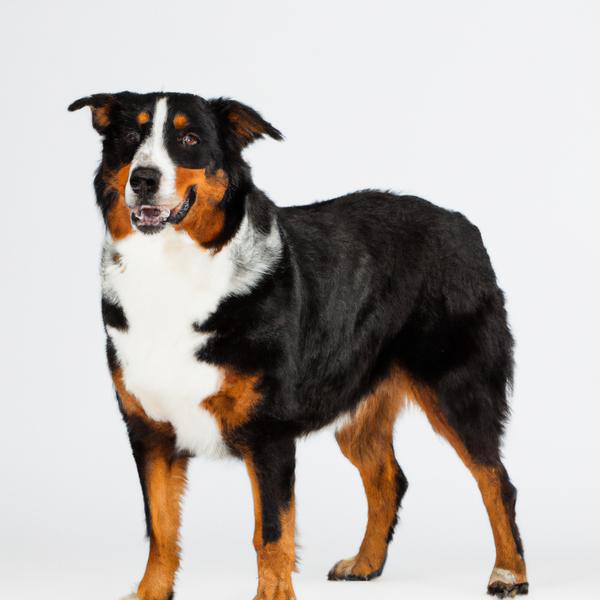
Bernese Cattle Dog
Schnorgi vs Bernese Cattle Dog
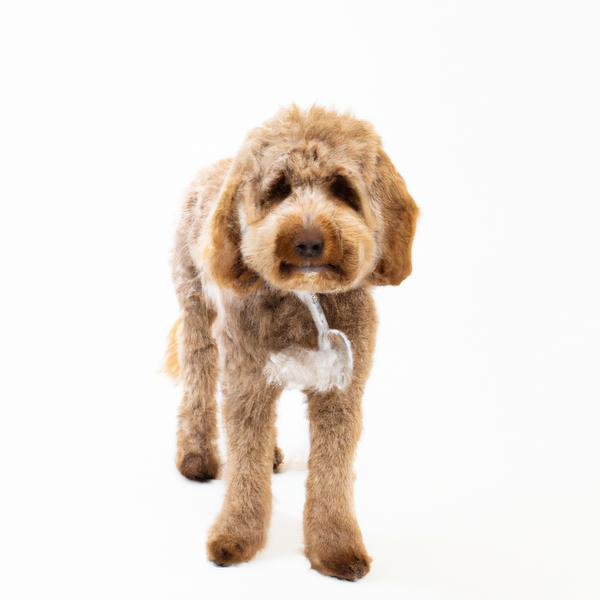
Petite Labradoodle
Schnorgi vs Petite Labradoodle
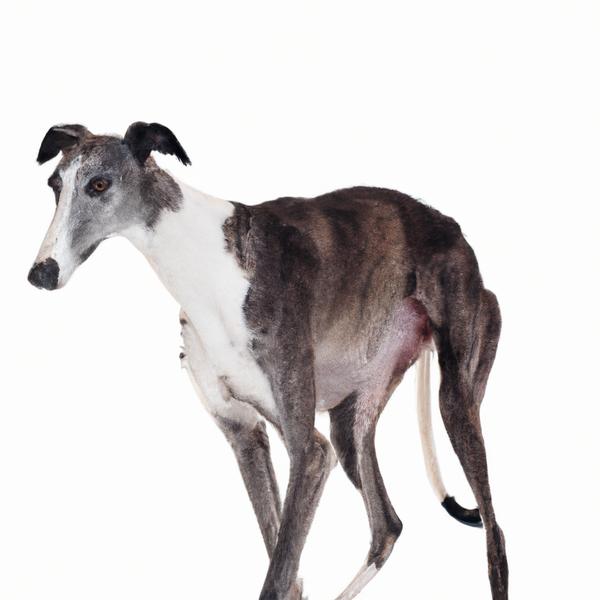
Greyhound
Schnorgi vs Greyhound
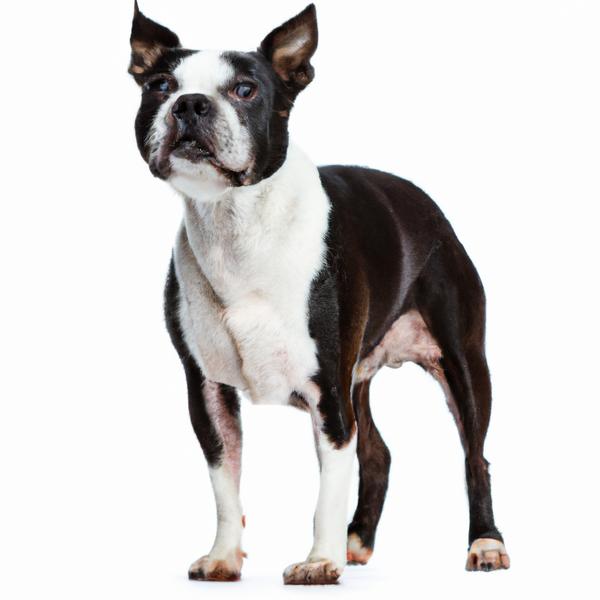
American Boston Bull Terrier
Schnorgi vs American Boston Bull Terrier
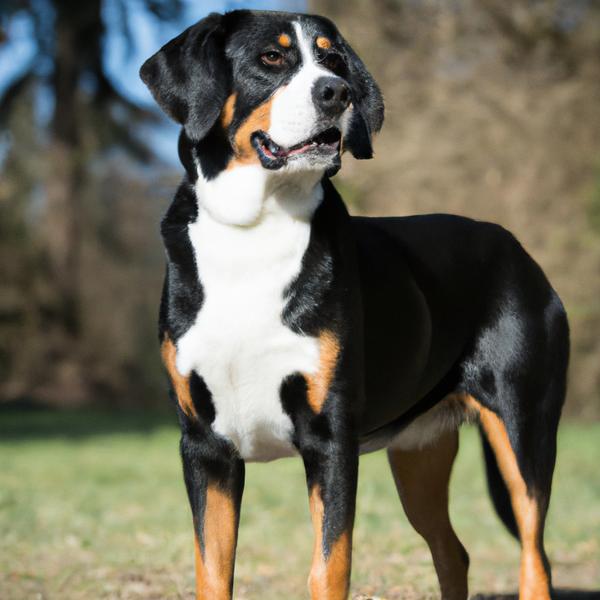
Greater Swiss Mountain
Schnorgi vs Greater Swiss Mountain
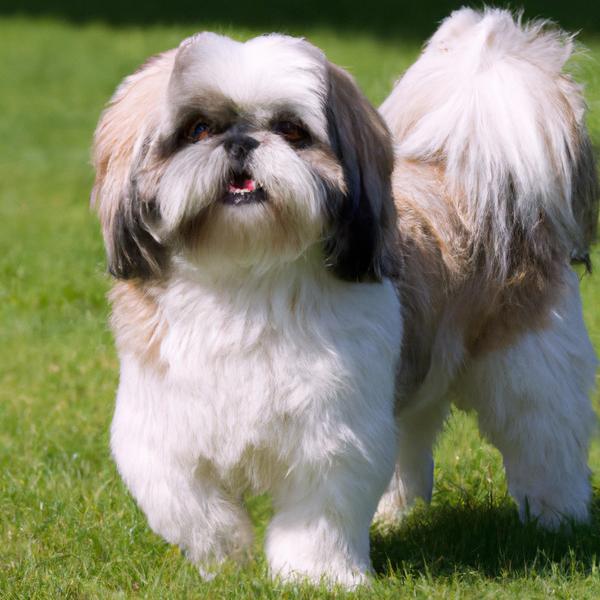
Auss-Tzu
Schnorgi vs Auss-Tzu
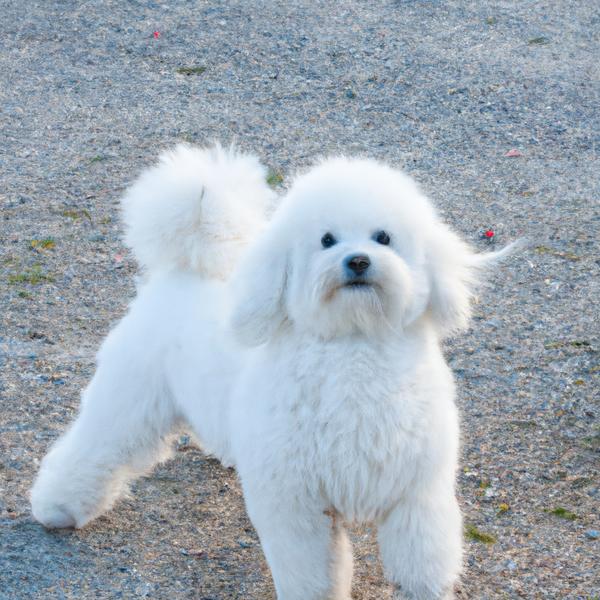
Italian-Bichon
Schnorgi vs Italian-Bichon
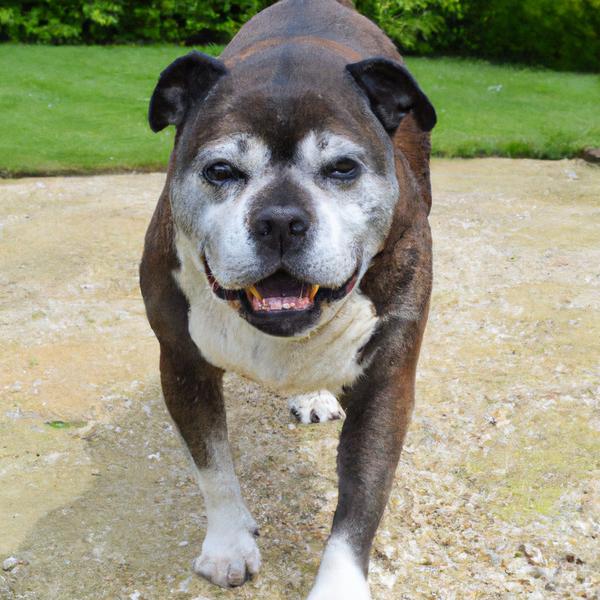
Olde Staff Bulldogge
Schnorgi vs Olde Staff Bulldogge
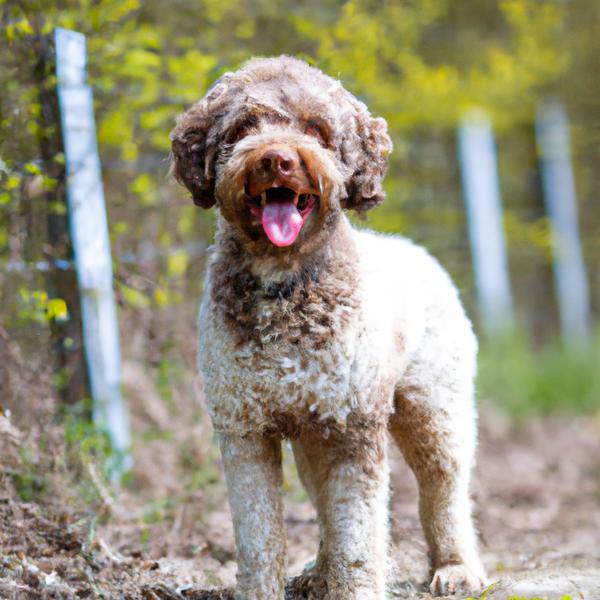
Lagotto Romagnolo
Schnorgi vs Lagotto Romagnolo
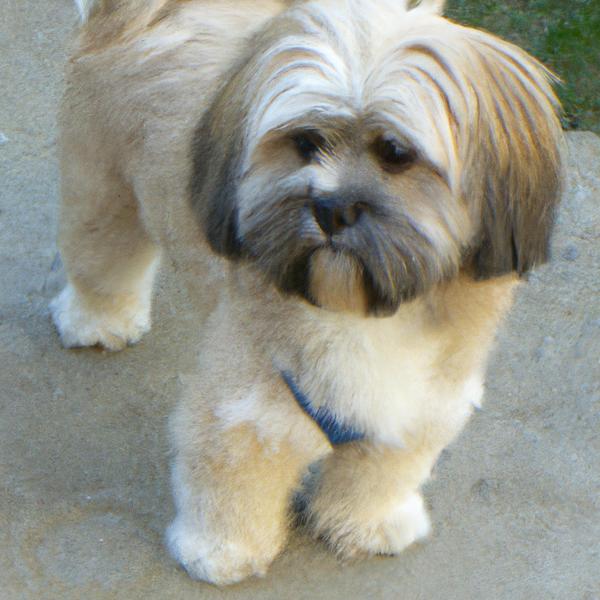
Bolo-Tzu
Schnorgi vs Bolo-Tzu
